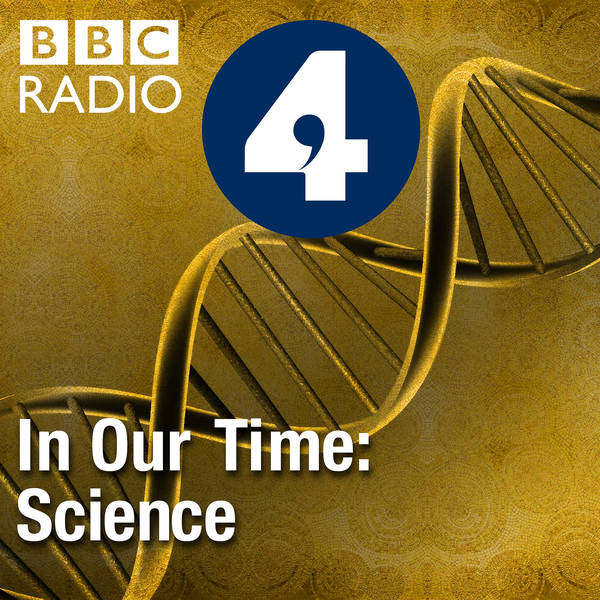
The Permian-Triassic Boundary
Melvyn Bragg and guests discuss the Permian-Triassic boundary. 250 million years ago, in the Permian period of geological time, the most ferocious predators on earth were the Gorgonopsians. Up to ten feet in length, they had dog-like heads and huge sabre-like teeth. Mammals in appearance, their eyes were set in the side of their heads like reptiles. They looked like a cross between a lion and giant monitor lizard and were so ugly that they are named after the gorgons from Greek mythology – creatures that turned everything that saw them to stone. Fortunately, you’ll never meet a gorgonopsian or any of their descendants because they went extinct at the end of the Permian period. And they weren’t alone. Up to 95% of all life died with them. It’s the greatest mass extinction the world has ever known and it marks what is called the Permian-Triassic boundary. But what caused this catastrophic juncture in life, what evidence do we have for what happened and what do events like this tell us about the pattern and process of evolution itself?With Richard Corfield, Senior Lecturer in Earth Sciences at the Open University; Mike Benton, Professor of Vertebrate Palaeontology in the Department of Earth Sciences at the University of Bristol; Jane Francis, Professor of Palaeoclimatology at the University of Leeds
